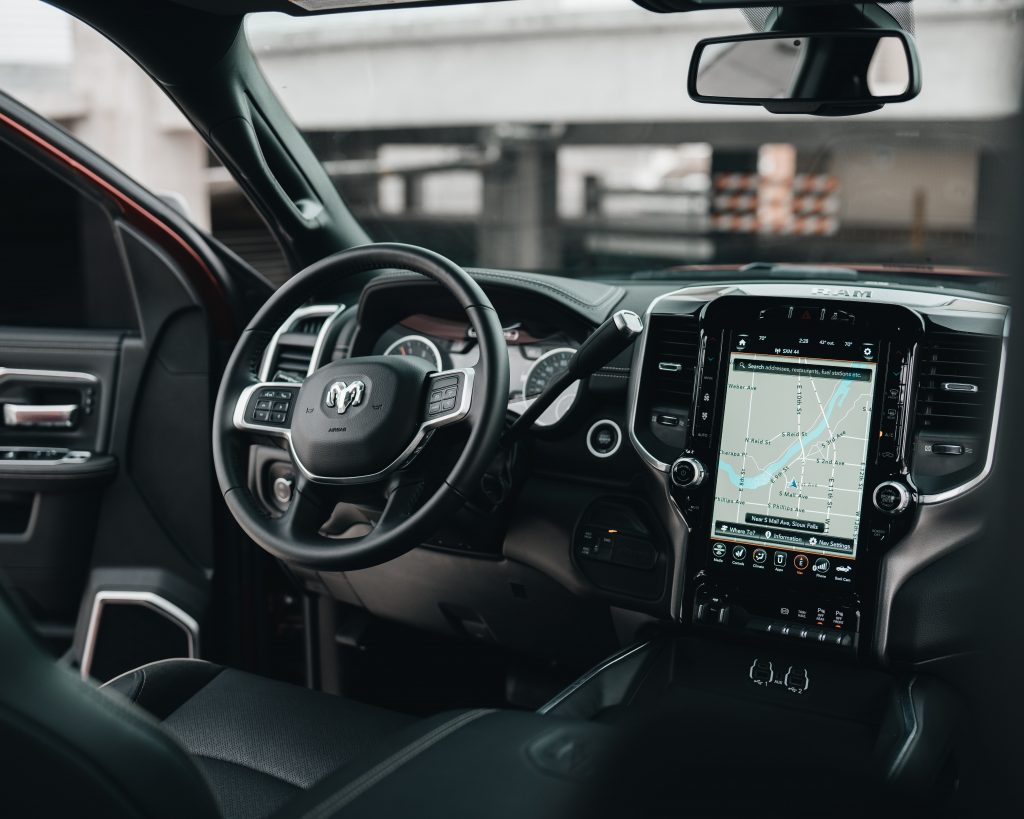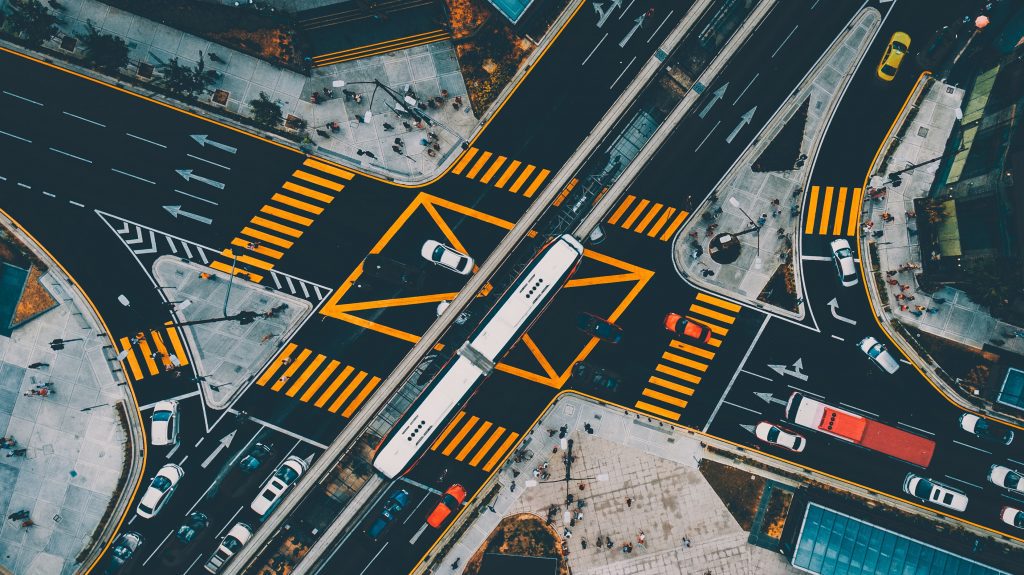Autonomous or self-driving vehicles have been a hot topic of discussion for many years. Some people believe that the technology is far from perfecting and poses too many risks, while others are confident that it is only a matter of time until autonomous cars and trucks become the norm on our roads. They could also open up new opportunities for any car owner, as people would no longer need a valid driver’s license to use one.
So what is the truth about self-driving vehicles today? Are they safe? Will they improve traffic flow and reduce accidents? Read on to find out more.

Defining Automated Driving
Self-driving vehicles are an exciting new development in the world of transportation. These vehicles can navigate streets and highways without needing a human driver, so you don’t require a driver’s license. Instead, they rely on a combination of sensors and artificial intelligence to make decisions about their route and avoid obstacles.
While these cars are not yet available to the general public, they have the potential to revolutionize the way we travel. Human-driven cars are limited by the ability of their drivers to stay alert and pay attention to the road. Self-driving cars would be able to drive for extended periods without getting tired, making them ideal for long-distance travel.
Hacking Of Self-driving Cars
As cars have become increasingly reliant on autonomous vehicle technology, the question of whether or not self-driving cars can be easily hacked has come to the forefront. While it is undoubtedly possible for tech-savvy criminals to gain control of a car’s systems, the truth is that these cars are more difficult to hack than traditional vehicles. This is because autonomous cars have multiple redundancies, making it difficult for a single point of failure.
In addition, many self-driving cars are equipped with adaptive cruise control, which allows the car to automatically adjust its speed in response to changes in traffic conditions.
Self-driving cars are much safer than their manually driven counterparts. So, while it is essential to be aware of the potential risks associated with autonomous cars, it is also important to remember that these cars are equipped with state-of-the-art security features that make them very difficult to hack.

Are Automated Cars Safe?
Automated driving is one of the most cutting-edge technologies in the automotive industry today. Automotive engineers are working hard to perfect autonomous vehicle technology, and many believe self-driving cars will eventually become the norm.
While there are still some safety concerns, many experts believe self-driving cars will be much safer than traditional vehicles. When automated driving systems are perfected, they will be able to react more quickly and efficiently to potentially dangerous situations than human drivers.
In addition, they will not be susceptible to human error, which is responsible for the vast majority of accidents on the road today. As autonomous vehicle technology continues to improve, self-driving cars will likely become the safest travel option.
Risks Associated With Owning Self-Driving Technology
While the Tesla Model T may be the most well-known self-driving car on the market, it is certainly not the only one. More and more car companies are investing in autonomous technology, and self-driving cars are expected to become the norm eventually.
However, there are still many unanswered questions about these new vehicles. Are they safe? What are the implications for traffic jams and parking lots? And what about those who prefer to drive themselves?
One of the biggest concerns about self-driving cars is safety. Several highly publicized accidents involving autonomous vehicles have occurred, and critics claim that the technology is not yet ready for prime time. However, it is essential to remember that accidents involving classic cars are far more common.
Traffic fatalities have been on the decline for years, thanks partly to safety technology advances. Likely, self-driving cars will eventually become just as safe as, if not safer, their manual counterparts.
Another potential issue with these is traffic congestion. If everyone owns a self-driving car, traffic jams could become a thing of the past. However, some experts worry that autonomous vehicles could make traffic worse.
Parking could also become an issue, as these cars would be able to drop their passengers off and then find a spot on their own. This could result in more cars circling looking for a space, which would add to traffic congestion.
Finally, some prefer to drive themselves. For these people, self-driving cars could be seen as an infringement on their freedom. It remains to be seen how popular self-driving cars will ultimately become, but they will significantly impact our society in the years to come.

Fiction VS Reality – How Close Are We To A Future Dominated By Autonomous Vehicles?
It’s hard to believe that it’s been less than a year since the first self-driving cars hit the streets of San Francisco. In that short time, they’ve become a familiar sight, and it’s easy to imagine a future in which they are the dominant form of transportation.
However, that future is not as near as it may seem. While self-driving cars are rapidly evolving, many challenges still need to be overcome before they can become the dominant force in transportation. One of the biggest challenges is safety.
Self-driving cars must operate without incident in all weather conditions and on all types of roads. They also need to interact with pedestrians and other vehicles safely. Until these challenges are addressed, self-driving cars will remain a niche technology. However, there’s no doubt that they have the potential to revolutionize transportation, and it will be exciting to see how they continue to evolve in the coming years.
The Impact Of SAVs On Society, The Economy, And The Environment
SAVs, or Super Autonomous Vehicles, are revolutionizing how we think about transportation. These driverless cars can potentially reduce accidents, ease congestion, and reduce emissions drastically. While the full impact of these is yet to be seen, it is clear that they will significantly impact society, the economy, and the environment.
On a societal level, they have the potential to improve safety, accessibility, and efficiency. With fewer accidents and less traffic congestion, SAVs could make our roads safer and more efficient. For elderly or disabled individuals who cannot operate a traditional car, SAVs could provide much-needed independence and mobility.
In addition, SAVs could free up time currently spent commuting, giving people more time for leisure activities or work.
From an economic perspective, SAVs could lead to significant cost savings. They could improve productivity by freeing up time that is currently spent commuting. Moreover, they could help to reduce emissions and save on fuel costs.
Finally, from an environmental standpoint, SAVs have the potential to reduce emissions significantly. Less traffic congestion would mean fewer cars idling in traffic, which is highly fuel-efficient. As a result, SAVs could play a key role in helping to protect the environment for future generations.
Final Words
So, are self-driving cars the future? The answer is a resounding yes—but it will take some time. As autonomous vehicles become more common on our streets and highways, we can expect to see decreased traffic fatalities and car accidents and increased efficiency and productivity overall. It’s important to remember that while there may be some bumps along the way, self-driving cars are coming—and they’re going to change everything. Are you ready for them?
